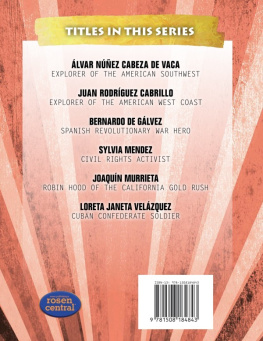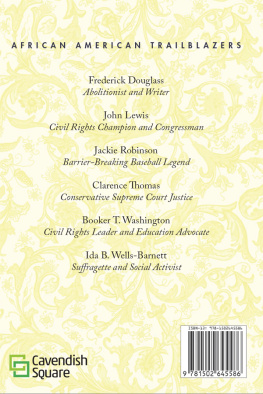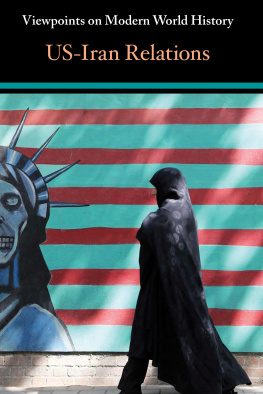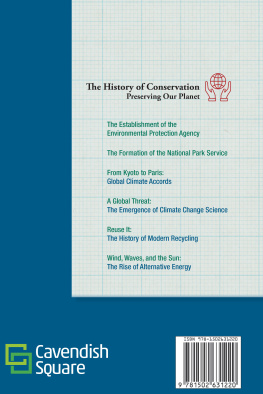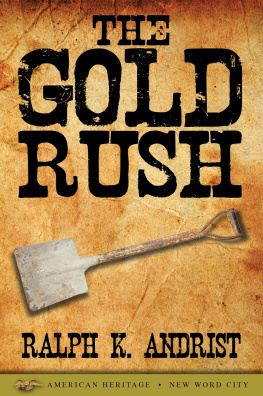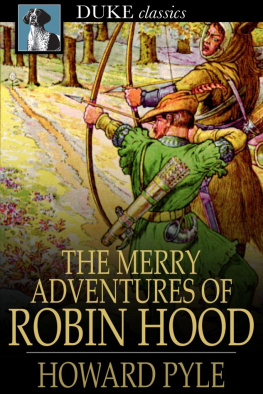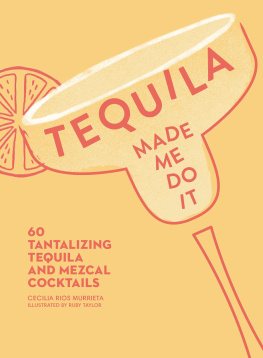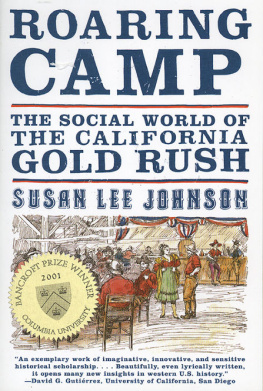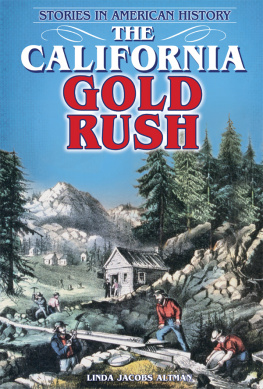
Published in 2020 by The Rosen Publishing Group, Inc.
29 East 21st Street, New York, NY 10010
Copyright 2020 by The Rosen Publishing Group, Inc.
First Edition
All rights reserved. No part of this book may be reproduced in any form without permission in writing from the publisher, except by a reviewer.
Library of Congress Cataloging-in-Publication Data
Names: Hurt, Avery Elizabeth, author.
Title: Joaqun Murrieta: Robin Hood of the California Gold Rush / Avery Elizabeth Hurt.
Description: First edition. | New York: Rosen Publishing, 2020. | Series:
Our Voices: Spanish and Latino Figures of American History | Includes bibliographical references and index. | Audience: Grades 58.
Identifiers: LCCN 2018007102 | ISBN 9781508184843 (library bound) | ISBN 9781508184836 (pbk.)
Subjects: LCSH: Murieta, Joaqun, 1853Juvenile literature. | RevolutionariesCaliforniaBiographyJuvenile literature. | Mexicans CaliforniaBiographyJuvenile literature. | OutlawsCalifornia BiographyJuvenile literature. | Frontier and pioneer lifeCalifornia Juvenile literature. | CaliforniaGold discoveriesJuvenile literature. | CaliforniaHistory18501950Juvenile literature. | California
History18461850Juvenile literature.
Classification: LCC F865.M96 H87 2019 | DDC 979.4/04092 [B]dc23
LC record available at https://lccn.loc.gov/2018007102
Manufactured in the United States of America
On the cover: Joaqun Murrieta (18291853) was a hero and freedom fighter to his fellow Latinos and bandit and scourge of the gold rush to US authorities.
CONTENTS
INTRODUCTION
A poor Mexican family is struggling to get by. They live in California during the gold rush of the 1850s. But gold hasnt been rushing their way lately. They tried to stake a claim in the gold fields, but the white settlers chased them off. Then they moved into a shack on the land of a cousin who farms, but hes not doing too well either. The farming hasnt been good, theres not enough to eat, and now one of the children has taken ill. Times are hard.
Then one day, the family returns from the fields to their tiny cabin to find a burlap bag sitting right in the middle of the rickety old dinner table. Inside the bag are medicines for la chiquita and enough money to buy a weeks worth of groceries.
Murrieta has been by!
Many stories like this one have been told about Joaqun Murrieta. He was a bandit and leader of the outlaw gang known as the Five Joaquns. He was said to be like the English Robin Hood or Pretty Boy Floyd of Oklahoma during the Great Depression, stealing from the rich and giving the money to the poor. He punished the wicked and helped the people who had been treated cruelly or unfairly.
Yet Murrieta is a mysterious figure. There are plenty of stories about him, but few facts. He was born in Mexico, in the state of Sonora. According to most of the stories about him, he went to California in 1849, during the gold rush, to make his fortune. Instead, he encountered vicious racism and was chased out of the mining camps. After that, the stories say, Murrieta turned to a life of crime. He and a gang of bandits stole horses, attacked wagon trains, stole from the passengers, and killed many people.

Joaqun Murrieta, 18291853
However, not everyone says he was wickedor at least not totally wicked. Many, many stories tell of him helping the poor and the suffering. So who was Murrieta, really? Are the stories about him true? Was he a hero? Or a dangerous outlaw? Or maybe a little bit of each?
No one really knows for sure. Its often that way with legendary heroes. When hard facts about a persons life are elusive, sometimes people make up stories to fill in the details. And those stories often make these heroes into whatever people need them to be at the time. If they do some good at a time when some good is really needed, people might overlook their bad deeds and celebrate the good ones. If they are really evil, its convenient to forget that even very bad people often have some good in them.
The whole truth about Murrieta will likely remain a mystery forever. But the few known facts and stories are decidedly exciting and fun. Get ready to learn what is known, what remains shrouded in uncertainty, and what historians and history enthusiasts like to believe about the man who came to be known as the Mexican Robin Hood.
CHAPTER ONE
THERES GOLD IN THEM THAR HILLS
I t was January of 1848, and James Marshall was building a sawmill on the American River in the Sacramento Valley of California. He happened to glance down and see something shiny in the water below. He took a closer look, and sure enough, it was gold.
A POPULATION BOOM
Marshall scooped up a handful of the gold nuggets and showed them to his partner, John Sutter. Sutter wanted to keep the find a secret, but soon other people began to find nuggets of gold in the American. Even then, most people didnt believe it. Gold floating in the riverfree for the takingseemed too good to be true.
Samuel Brannan owned a store nearby. Brannan didnt expect to make a fortune panning for gold. He had other ideas. He knew that he could make a lot of money selling supplies to people looking for gold. Brannan started telling everyone he saw that there was gold in the river. Word spread quickly, and soon the news was in the papers not only in California, but as far away as New York. Still many people thought it was some kind of hoax. Then in his annual address to Congress, President James Polk mentioned that gold had been discovered in California. That was all it took. Soon people were flooding into California from the rest of the continent and even from Europe to search for gold. In 1849 alone, an estimated one hundred thousand people had rushed to California hoping to pull a fortune out of the river. They were called forty-niners.

At Sutters Mill, California, in 1849, James Marshall spied a glimmer in the water: so began the gold rush.
Some people did indeed get very rich. But most did not. Before long, most of the gold that had washed into the river had been panned out. Getting gold now required mining, which was far more difficult and dangerous. Many people who traveled to California to look for gold lived in mining camps. These were makeshift towns built quickly just for the miners. Life in the camps was very difficult. Some people lived in rough shacks, others in tents. The camps were rough and lawless places. In 1851, Louise Clapp wrote a letter to her sister, describing the mining town where Clapp and her husband lived. She said even the doctors office had a dirt floor. There wasnt much to eat. Fruits and vegetables were scarce. Eggs and bread were extremely expensive. Many miners became ill and malnourished.
BUT WE WERE HERE FIRST
Life during the gold rush was especially hard for Mexicans. Mexicans had lived in California since the 1700slong before Anglos had settled there. Mexico had gained independence from Spain in 1821. The Mexican government rewarded soldiers and people who had helped achieve independence by giving them huge tracts of land in the California Territory. Mexican citizens who lived in California were called Californios. Anglos and immigrants from Europe began to settle in the area in the 1800s. But when the gold rush started, in 1849, there were still very few of them living there.

